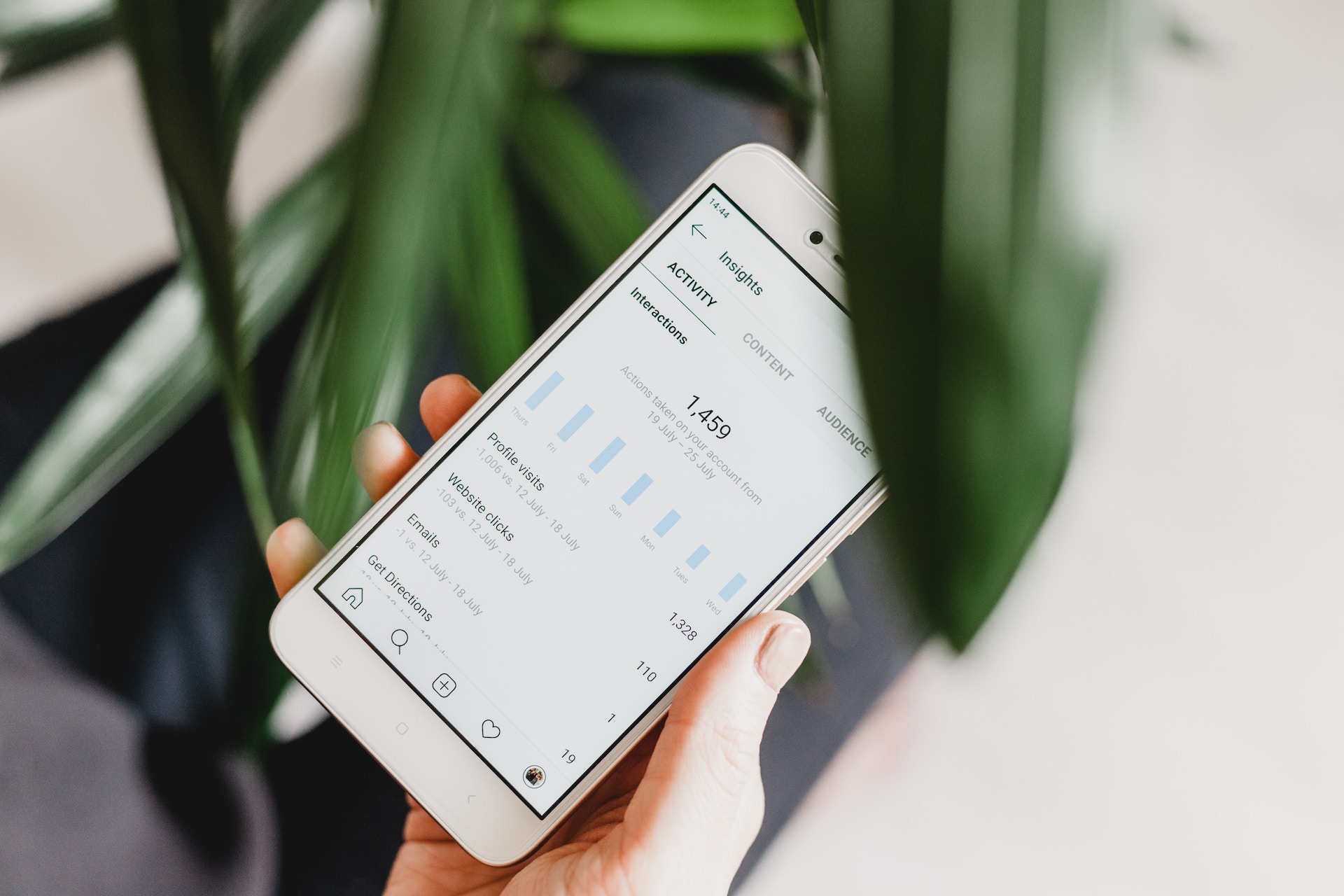The What, Why and How Of Social Media Analytics
“Why isn’t our likes growing?” “Why aren’t people engaging in our post?” “ It’s been a year and our following is still not growing!” If these thoughts have slipped into your mind before or are being questioned by your managers, you’re in the right article. Just like any other brand when they’re starting with its […]
Apr 29, 2023






“Why isn’t our likes growing?” “Why aren’t people engaging in our post?” “ It’s been a year and our following is still not growing!”
If these thoughts have slipped into your mind before or are being questioned by your managers, you’re in the right article.
Just like any other brand when they’re starting with its social media platforms, many face the same struggles and challenges of growing their account, pushing out pretty engaging content but somehow failing to engage their audience. Has it ever occurred to you that you might be beating the wrong bush?
Instead of blindly playing whack-a-mole with your audiences, this is when Social Media analytics comes into play. With the help of Social Media Analytics tools, you would slowly come to know your target’s behavioural pattern at the back of your hand.
For you to effectively identify, aim and make your shot at your target market and eventually hit the bullseye when planning out social media campaigns.
What is Social Media Analytics?
Beyond just looking through your numbers of likes, comments, shares and followers, social media analytics is about finding the meaning behind all these numbers gathered and making better business decisions from there.
Allowing you to know what type of content has a better response rate than the other, and what it reflects on your current audience. Understanding your audience trends, what could be the cause and how brands can adjust their content and strategy to better with the hearts of your target audience.
Why Social Media Analytics?
1. Understand your audience
As a brand, you might have an ideal target audience in mind, the Gen-Zs for example. Planned out content strategies revolving around what you think might interest them but when you actually start looking through your insights for the first time, your most interacted audience turns out to be women between the age of 35-44.


This is a sign for you and your team to either relook into your current strategy or to change your target audience to those who are currently the most interacted audience age group.
If your brand is pretty mature in the industry and is looking into attracting a younger audience, you may also refer to these statistics to see if whatever content you have been planning has been effective.
2. Make informed business strategies and decision
Before the start of proposing a social media campaign, back your proposal but doing market trend research and audience reactions with sentiment analysis. With all this information you have gathered, it can help you to better make your campaign more engaging to the right audience and have a higher success rate for your campaign.
Even if it’s after the campaign, do up a post-campaign report as well to better review your numbers and evaluate the effectiveness of the campaign. Learn and gather insights from the numbers about what works, and what makes this campaign different from what was done in the past. Your investors would feel assured when they know that the budget set is able to provide a certain level of Returns on Investment (ROI), even if the results did not manage to hit what’s desired, at least, we are able to gather critical information on why did it not work out as expected and how to better strategize for the next campaign.
3. Understand your competitor
Know what works for them. If they have a similar target audience as your brand’s, by understanding the type of content that they are curating is resonating well with your audience, maybe you don’t need to differentiate too much and leverage it to help you get a better understanding of what your audience might want. Of course vice versa, when your competitor isn’t doing as well, understand what doesn’t work, learn from their mistake and avoid that pitfall for your brand.
4. Understand the influencers before engaging them
Instagram now allows users to hide their likes making it harder for brands to decide whether they should be engaging this influencer for this particular campaign or not. As much as the influencer you have in mind might be well suited for the campaign, take a moment to look through their target audience as well, if it matches the demographics of the audience that you are trying to reach.


Using an engagement rate calculator you could learn deeper insights into how suitable this influencer is for your intended objective. For example, if you’re planning to engage this influencer to hold a giveaway, how was the response rate when they last hosted a giveaway? Or what was their outreach for their most recent sponsored post etc?
How to apply Social Media Analytics?
1. Set your goals
As much as it might seem like it’s stating the obvious, it is always best to make it clear for the team, influencers and everyone who has a part to play. So that everyone would be on the same page, and whatever decisions and courses of action would align with the common goal, which can be either to have a higher outreach, engagement, participants or potential leads, etc. and what is the targeted number that you are looking at.
2. Know where you currently stand
Analyse and review your current data, what efforts have been made and what you are trying to achieve. So that at the end of every month, quarter, year or campaign, you would be able to know how much your account has grown.
3. Benchmark your competitors
They say “keep your enemies closer”. Collect the data from them by using Social Media Analytical tools. Study and learn why are they where they are today and note the audience’s behaviour toward a certain type of content. Is that something that can be applied to your brand as well?
4. Trend and audience behaviour research
Understand the market trends via Social Media Listening, keyword search, etc. this would help you learn about their interests, behaviour, sentiment, and active timeslots for you to strategically make the best out of every post/campaign.


5. Testing out your strategy
Once you have analysed the data of your target audience, did your market and competitor research, you probably have come to an assumption of your audience’s preference and behaviour. However, ultimately, all these are only assumptions and there’s only one way to prove these hypotheses.
6. Gather results and repeat.
At the end of every checkpoint, always review to understand, evaluate and validate your assumptions. If the results turn out to be the way you expected, you found yourself a game plan for future posts/campaigns. Even if not, there might be indications as to why it didn’t work out as planned. Ask yourself what is the difference between this strategy and other strategies, what action should we continue to follow through and what shouldn’t.
In a nutshell…
Most social media accounts become successful not just by pure luck. It usually involves in-depth research, learning to understand the statistics and lots of trial and error in finding what works for the brand. That’s not all!
Especially when you are growing a social media account in this fast-paced industry, you need to be making a constant effort to keep up with trends as well as the shift in audience behaviour so that you and your brand are able to adapt fast enough, maintain relevancy and ride along with the different waves of trends. All these are definitely achievable with the help of social media analytics. And soon you’ll be able to manage more and more successful accounts by intent.
















